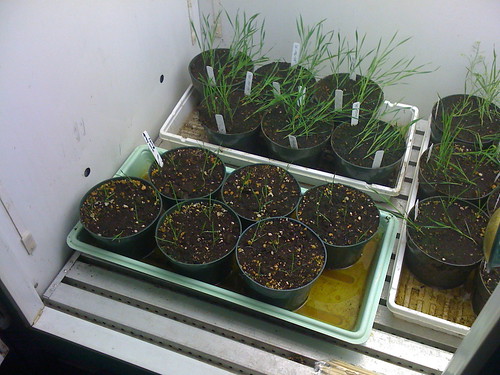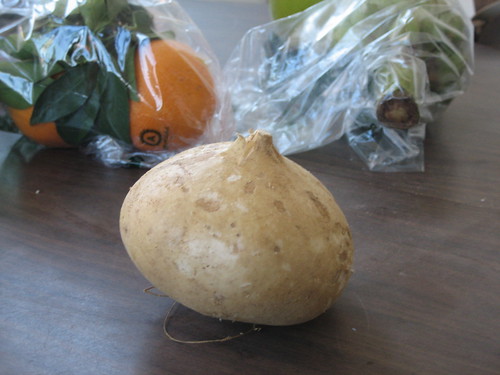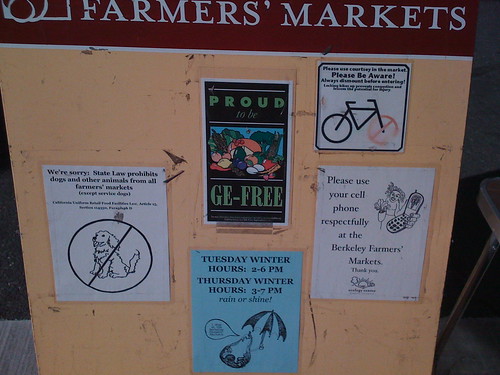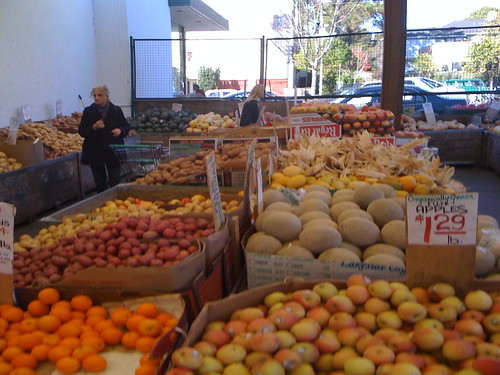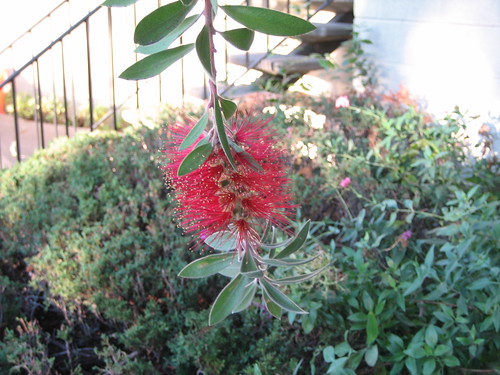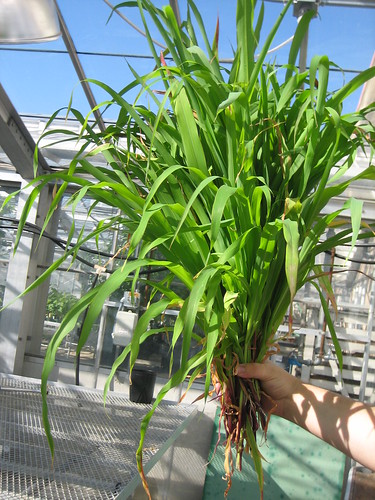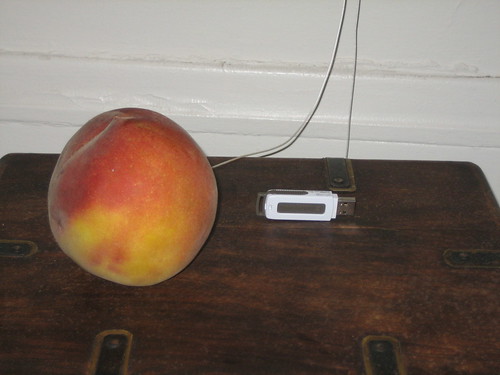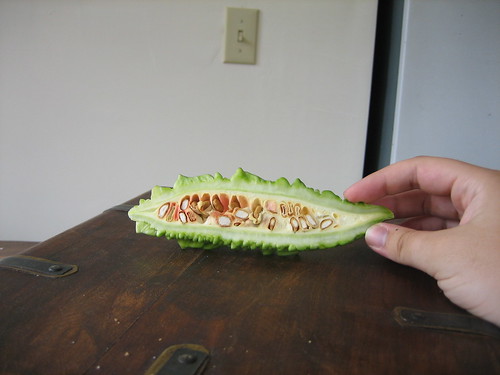Jamesandthegiantcorn turned one year old on thursday (and a good friend of mine turned 23 that same day). As it happens this will also be my 100th entry, I’ve averaged about two updates a week over the past year, which is pretty good given my previous experience with blogging. Without further ado, my 100th entry:
Brachypodium? What is it? Well it’s a grass species that looks like this:
I first mentioned it almost a year ago in an entry I posted during my interview weekend at berkeley:
Most “I’m definitely a potential grad student” moment:
“Um…wait…I can’t remember his name but he works on a species called bracopodia brachypodium.” <– I’m better at remembing the names of new species of grass than of the people I meet who study them.
Obviously while I remembered the name, I did not learn the spelling. But since then I’ve learned a lot more about the species and why people study it. Brachypodium is a tiny temperate grass that is (like so many other species) an “emerging model organism.” That means people think studying brachypodium can teach us more about other species*, and are having brachypodium’s genome sequenced. Part of developing a useful genome is annotating genes, which is something I’ve been working on during my rotation.
*I would say the reasons its considered a good model are first that brachypodium is what arabidopsis (the first plant ever to have it’s genome sequence) would be if arabidopsis were a grass: a small plant with a small genome and a generation time of only six weeks (compared to 3-5 months for corn, or 15-20 years for humans). 2. It’s much more closely related to wheat than any other sequenced plant, and wheat could use better molecular resources.
Of the big five crops, rice, maize and sorghum as all getting their genomes sequenced. The two that aren’t are potato and wheat. Potato is tetraploid (where humans have two versions of every chromosome potatoes have four versions), and wheat is hexaploid (six versions of every chromosome!). Until sequencing and assembly technologies improve, the closest we can come to sequencing these vital crops is a related species with a more tractable genome (tomato for potato and brachypodium for wheat).
PS The new comment posted will be the fiftieth non-spam comment on this blog. A lot of milestones this week.
